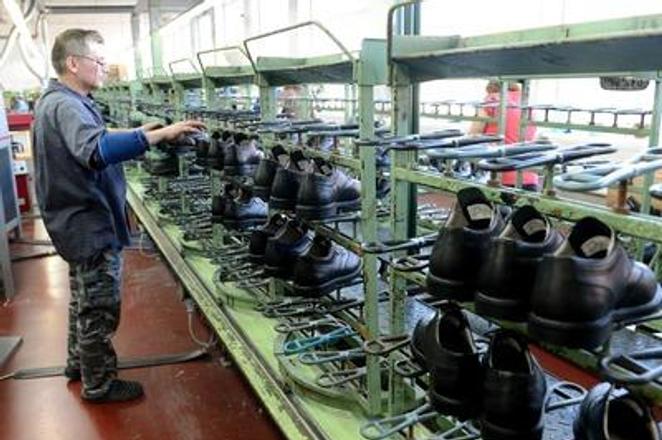Slovakia will have a healthy and growing economy in the upcoming two years, indicates the European Commission (EC) in its latest economic forecast released on May 11.
“Slovakia’s economy is set to remain on a solid growth path, with household consumption becoming the main driver of growth,” the EC spring forecast reads. “Investment likely bottomed out in late 2016 and a gradual recovery is expected in 2017. Falling unemployment is expected to put upward pressure on nominal wage growth, especially in light of reported labour shortages in some regions and sectors. Buoyant household spending should also contribute to consumer price inflation."
The EC prognosticates a GDP growth at 3 percent for Slovakia this year, which makes it the fifth best ranking in the eurozone (following Malta, Luxembourg, Lithuania and Slovenia) and in ninth position in the whole EU. GDP growth of the eurozone is estimated at 1.7 percent this year, while it should be at 1.9 percent for the whole EU, the TASR newswire reported.
Slovakia’s prospects for 2018 are even better with the GDP growth forecast at 3.6 percent, along with Ireland, which means the third fastest GDP growth in the eurozone (following Malta and Luxembourg) and the fourth fastest growing economy of the EU. GDP growth of the eurozone is projected at 1.8 percent and GDP growth of the entire EU is projected at 1.9 percent in 2018.
The EC’s spring forecast is favourable for Slovakia also in terms of investment influx. Overall investment spending in Slovakia is expected to grow by 0.9 percent this year and the growth pace should accelerate to as much as 5.8 percent next year. Only Greeks, Latvians and the Portuguese should be doing better than Slovakia in this field in the eurozone. Outside the eurozone, a higher investment rate is expected in Hungary and Poland.
The EC forecasts 1.4-percent employment growth in Slovakia, which is better than the eurozone average (1.2 percent) and the EU average (0.9 percent). The figure should slightly drop to 1.3 percent next year, which is, however, still better than the eurozone (1.1 percent) and the EU as a whole (0.9 percent).
More positive news for Slovakia is that the EC expects its unemployment rate to have a downward tendency. While unemployment fell to 9.7 percent in 2016, in the view of the positive outlook for economic growth, unemployment is set to drop below 8 percent in 2018, accompanied by a gradual rise in the activity rate, according to the EC. The figure should go down to 8.6 percent in 2017 and to 7.6 percent next year and Slovakia will thus be better off than the eurozone (9.4 percent and 8.9 percent, respectively) and the EU (8 percent and 7.7 percent, respectively).
Conversely, inflation has an upward trend in Slovakia. Following last year’s negative inflation at -0.5 percent, this year it should stand at 1.4 percent (below the eurozone average of 1.6 percent) and at 1.6 percent next year (above the eurozone average of 1.3 percent).
The EC expects Slovakia to improve its position also in terms of indebtedness. Slovakia’s gross government debt amounted to 51.9 percent of GDP in 2016, while it should be 51.5 percent of GDP this year and 49.8 percent of GDP in 2018, which makes Slovakia the fifth least indebted eurozone country and the tenth least indebted EU country.



 (source: TASR)
(source: TASR)